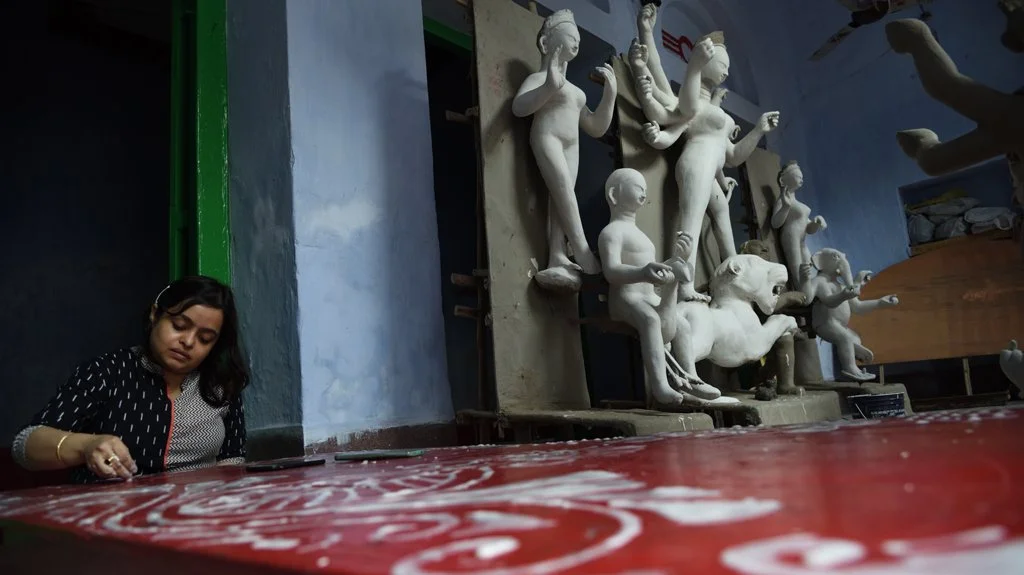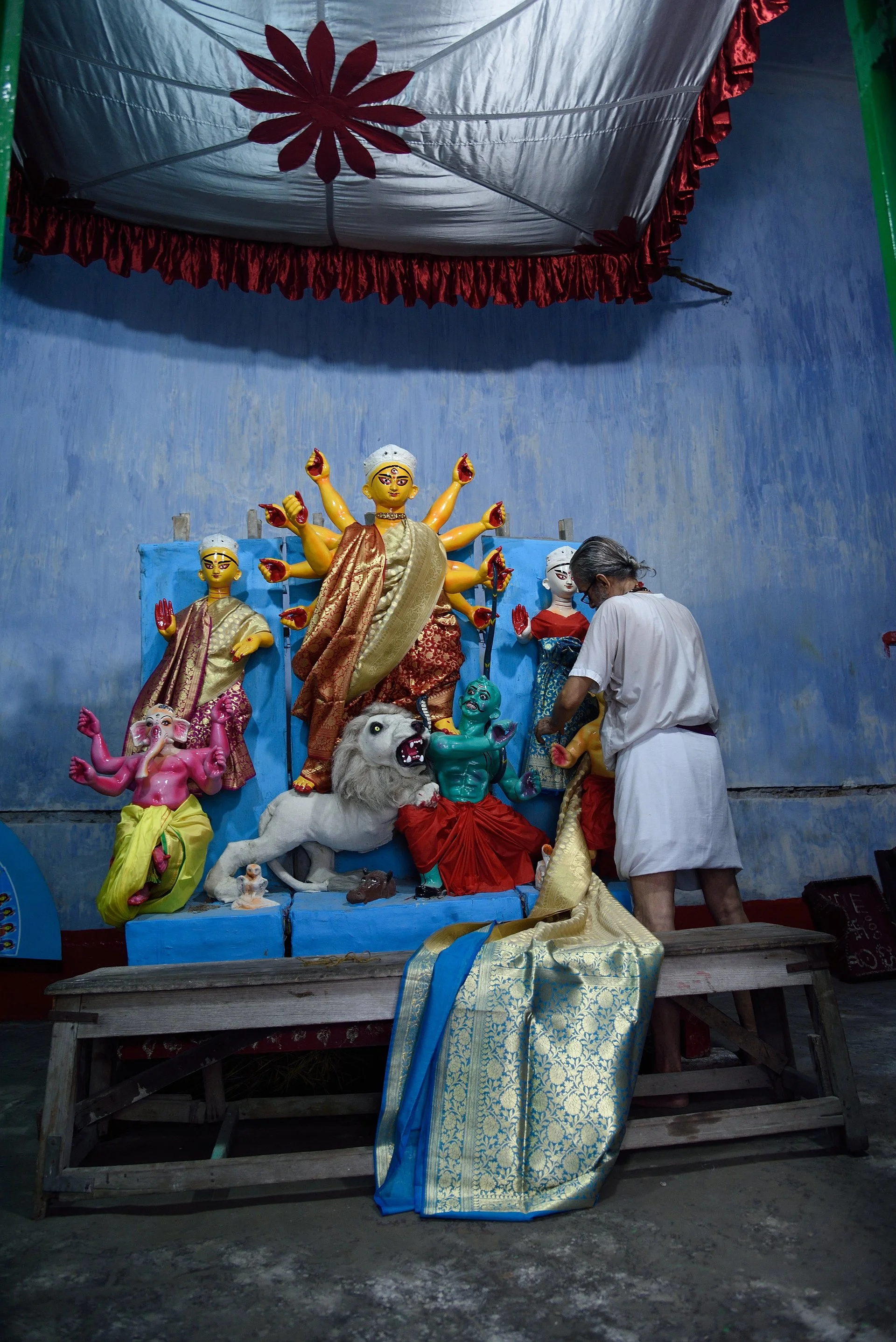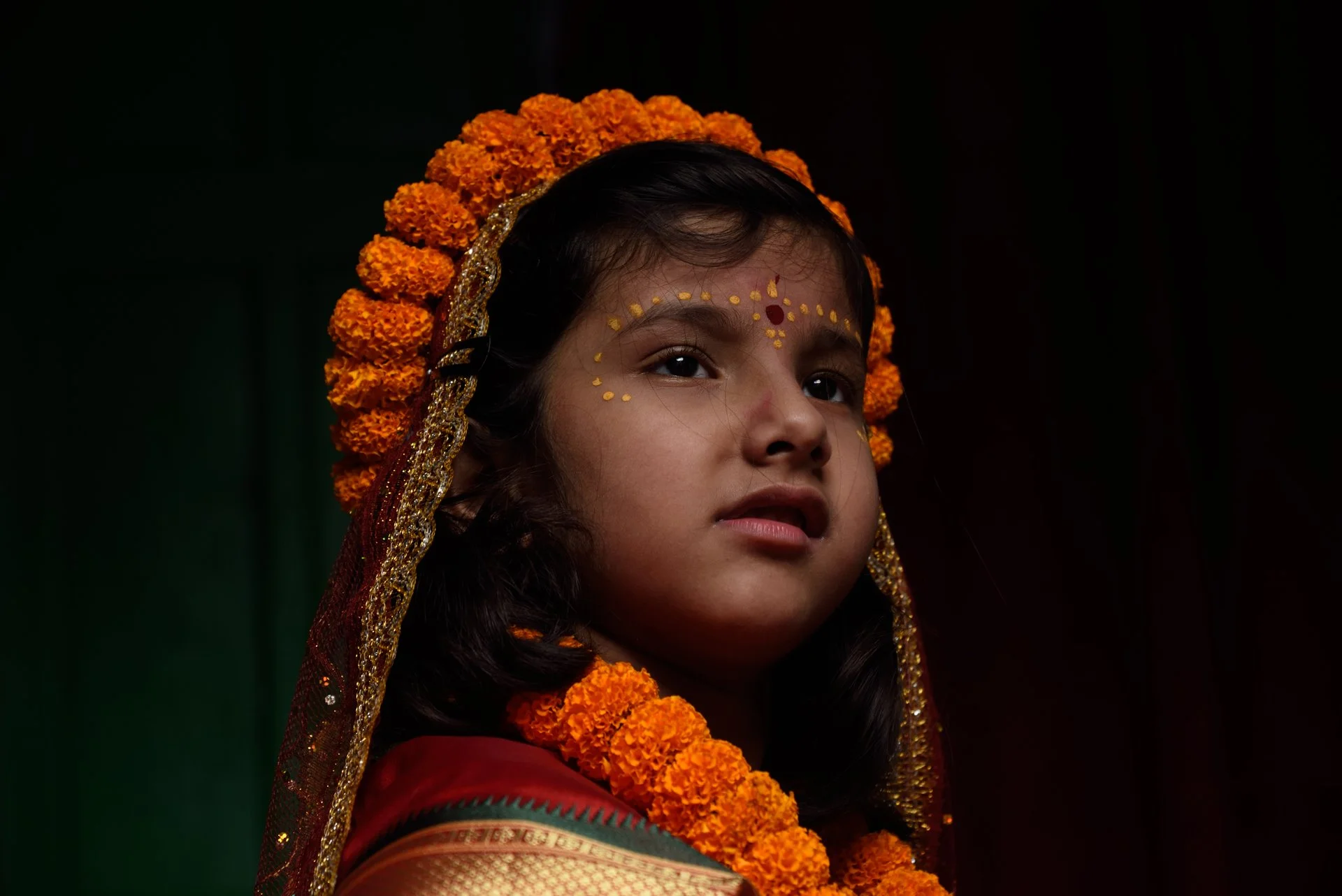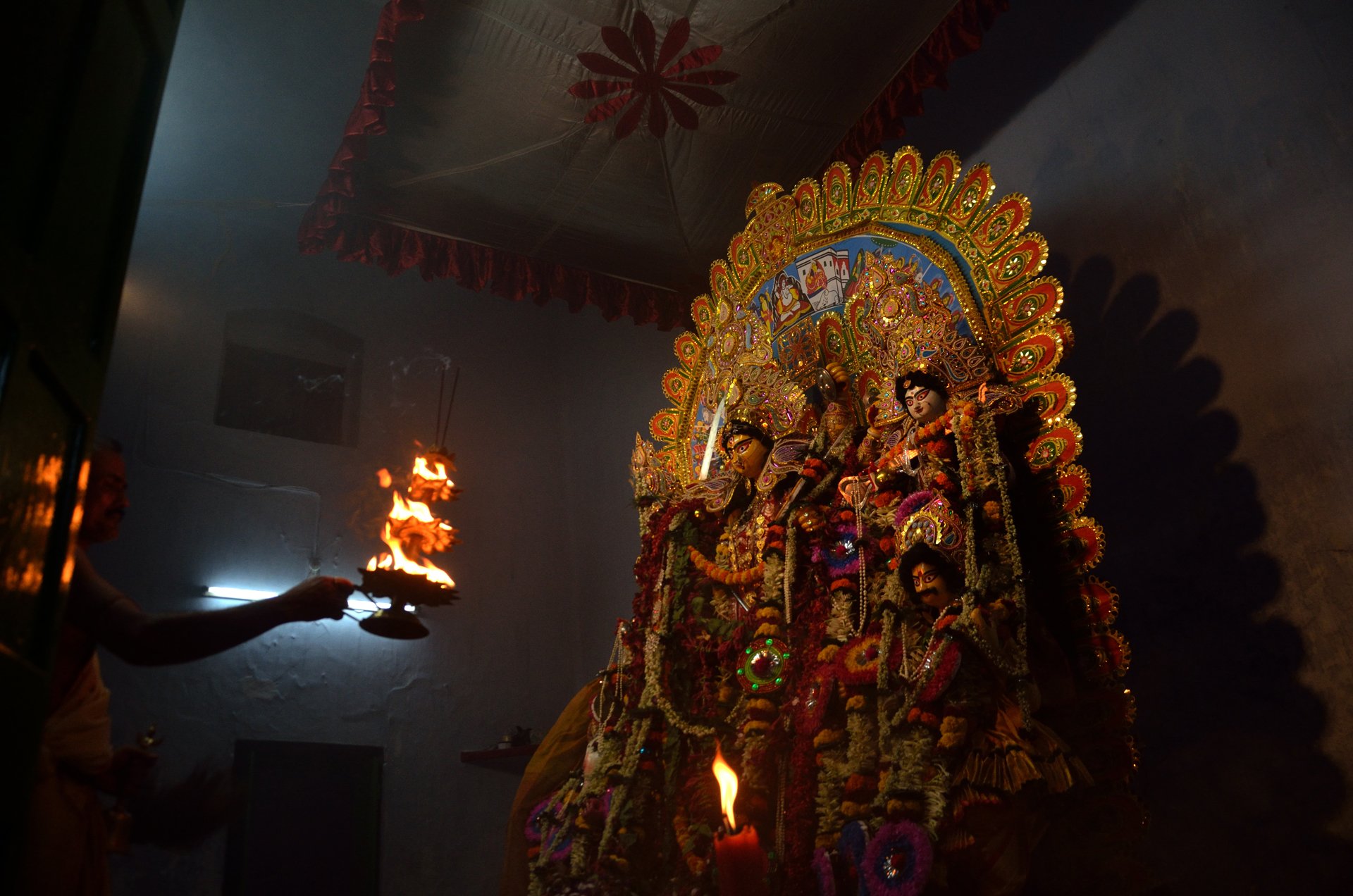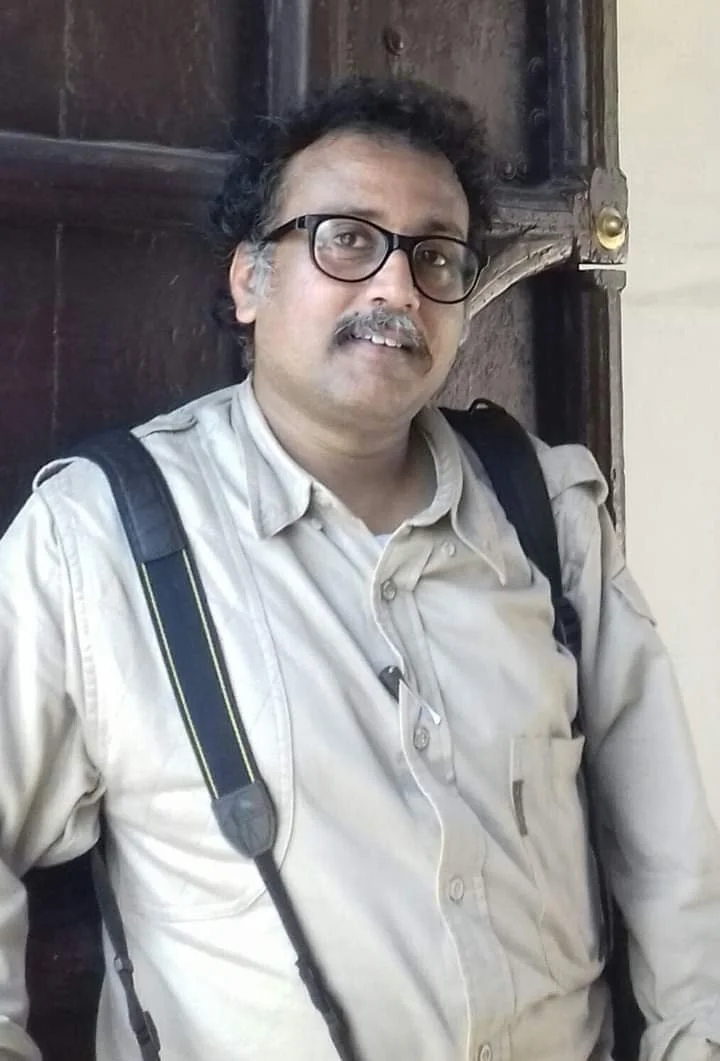Bengal is considered to be one of the richest states in India, in terms of culture, tradition, fairs, and festivals. The colourful festivals of the state are full of joyous ceremonies, abundant fun, and mouth-watering cuisines. In Bengal, there is a festival for every season and every kind of celebration. There is a popular Bengali proverb, ‘Baro Mase Tero Parban’, which means 'thirteen festivals in twelve months.
This signifies the umpteen number of fairs and festivals that are celebrated in this state. These celebrations reflect the hearty and composite cultural culture of India. Fairs and festivals form an inseparable part of the life of people in West Bengal. A Bengali calendar is embellished with celebrations throughout the year, with innumerable festivals for each season.
Today I am going to introduce my readers to the biggest and the grandest festival of all, The festival of Durga Puja.
The Indian state of West Bengal comes alive in the festival of Durga Puja. Being the most prominent festival of the region, Durga Puja is the soul and pride of West Bengal. Every year in Kolkata, the capital city, the festival of Durga Puja brings great enthusiasm, joyous moments, and a chance to get together with families and friends in the most amazing manner like never before.
Durga Puja is never celebrated in the same manner every year. According to Hindu Mythology, Goddess Durga emerged from the collective energy of all the Kings and Gods (devas) as an embodiment of Shakti or divine feminine power, to destroy the demon Mahishasura; who was blessed to not be defeated by any man or god.
The name Durga in Sanskrit means 'the impenetrable'; she exists in a state of self-sufficiency and ultimate power. This powerful form of Mother Goddess is highly revered in Kolkata which is why her return is celebrated with much grandeur and ceremonies.
Generally overlooked by the Pandal hoppers are the Durga Pujas held privately in several families some of whom were affluent and stalwarts in yesteryear, especially during the Colonial Regime. Although the financial condition is not affluent as it was in earlier days (mainly because the Zamindari system was abolished post-independence), yet these families till date perform Durga Puja with dedication maintaining all the rituals. The Pujas are all 100+ years, some even 200+ and 300+ years old.
Every one of the families gathers to celebrate Durga Puja with pomp and show as an annual get-together.
It is not just a festival but an emotional and colourful celebration of the daughter Goddess Durga visiting her paternal home along with her four children. I consider myself lucky to witness this grand festival in my own house since my birth. Along with the “Barowari” or community celebration of the festival, the Durga Puja celebration in the Bondi Barir Durga Puja in Kolkata and other parts of West Bengal is indeed a very unique and extravagant affair.
Many families in Kolkata do traditional Durga Puja in their houses. These families do Durga Puja with a strong dedication to maintaining all the rituals. These Pujas are older than 100 years or even more.
Bonedi Bari Durga Puja is one of the most important aspects of Durga Puja. Durga puja took birth in the palaces of erstwhile kings, Maharajahs, and the affluent. Credit goes to them for elevating this religious festival into the status of a social extravaganza.
This year, UNESCO inscribed Durga Puja on the List of the Intangible Cultural Heritage of Humanity
However, today, most of these ancestral pujas have disappeared completely, or are on the brink of extinction. With the termination of modernisation and lack of manpower and enthusiasm, these pujas face an uncertain future.
As a photographer, I found it my prime responsibility to document the celebration, the emotion, the colours, and the furore of Durga Puja at my own ancestral home, a celebration which takes place since 7 generations of my family.
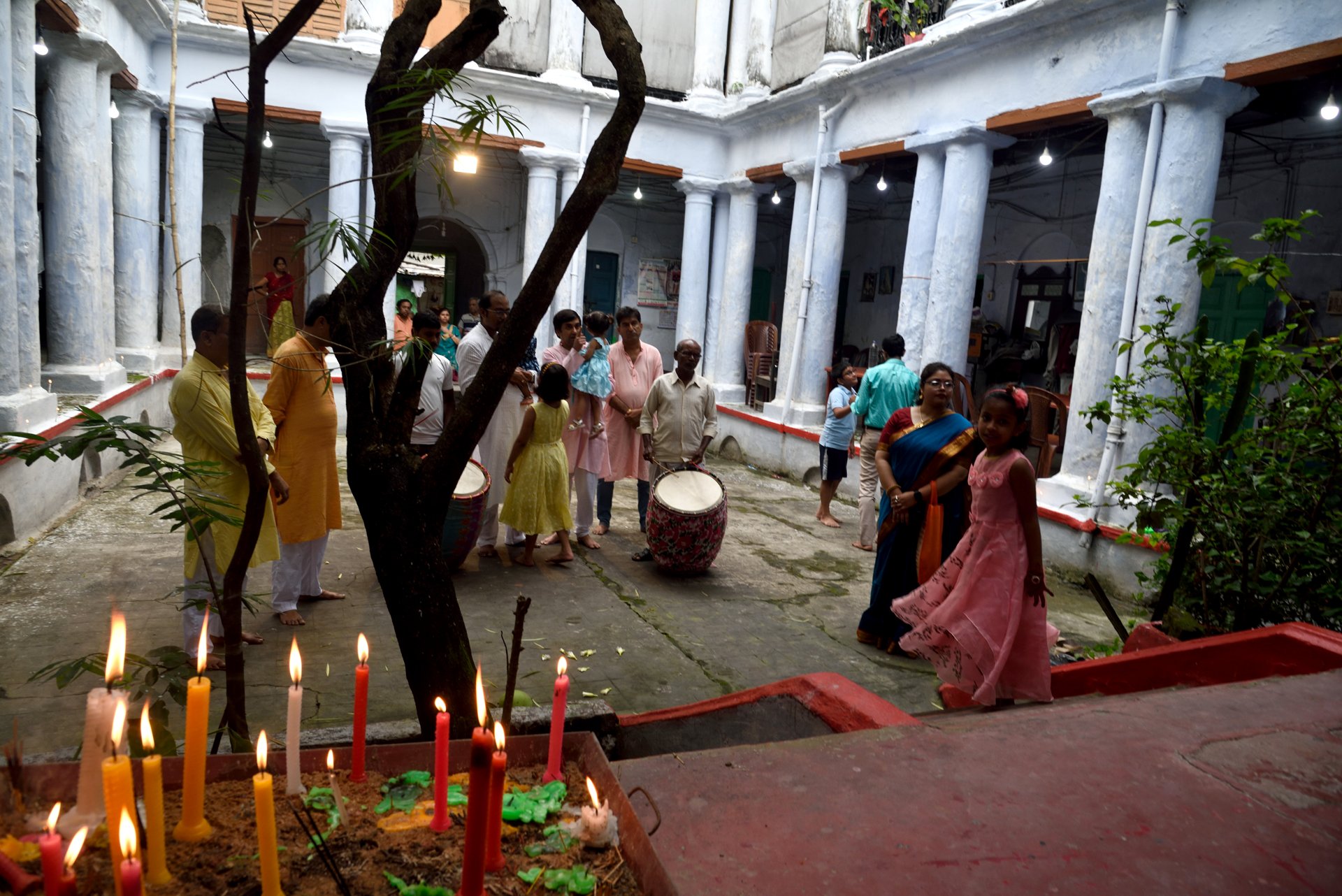
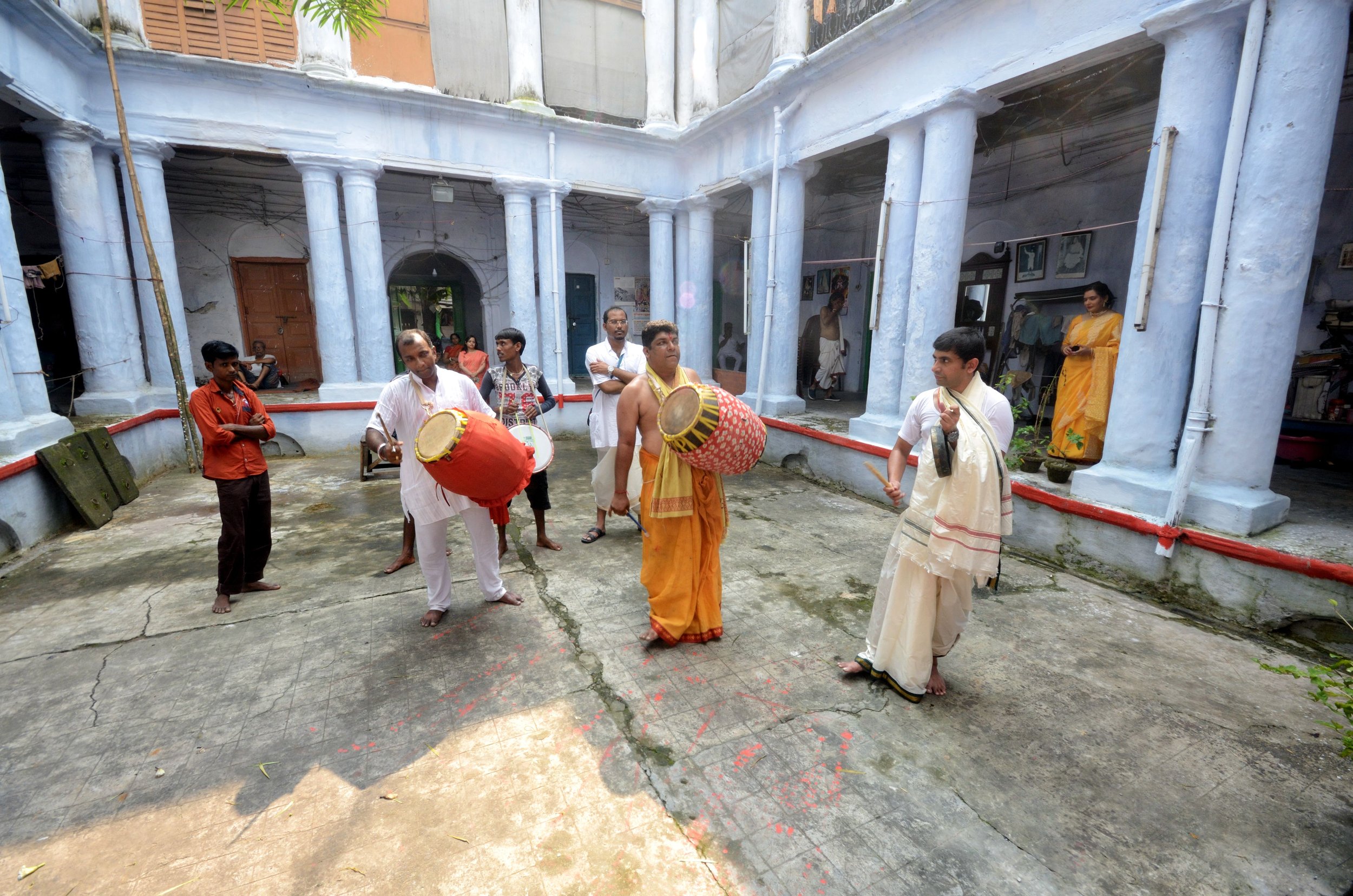
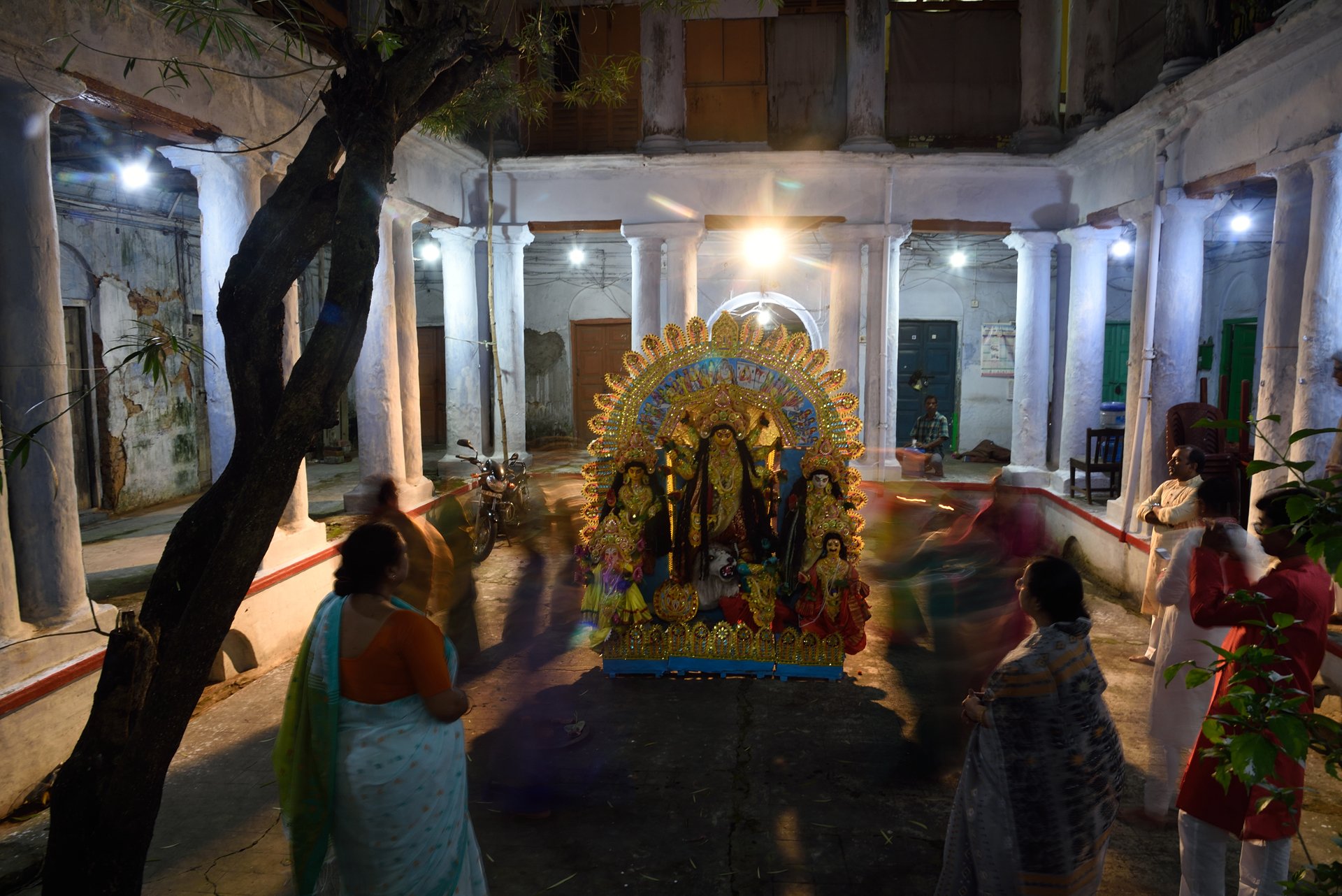
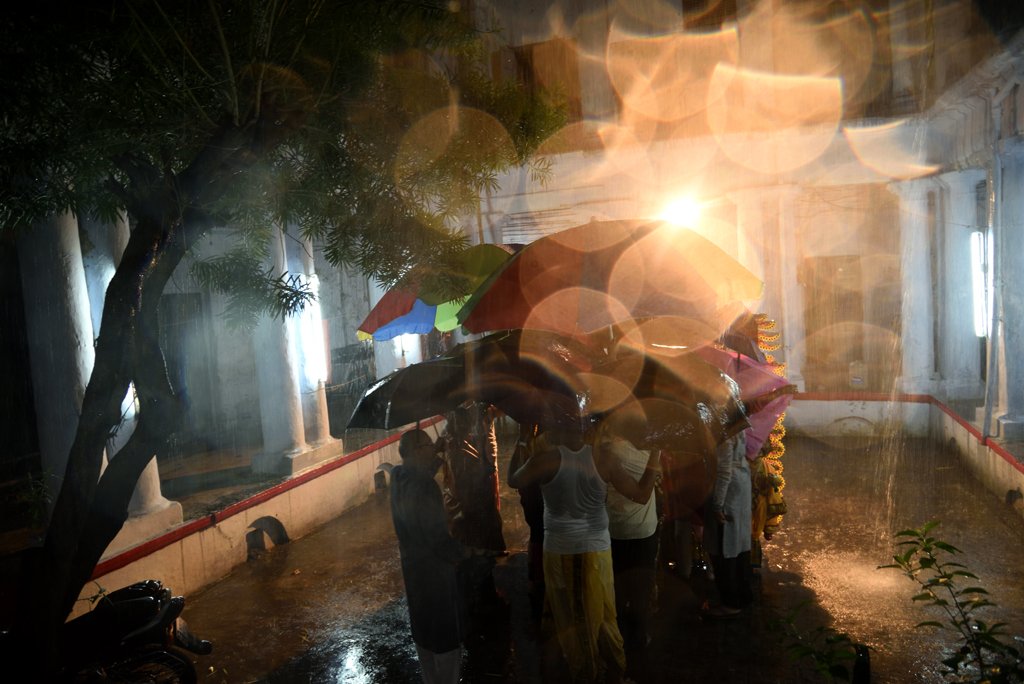
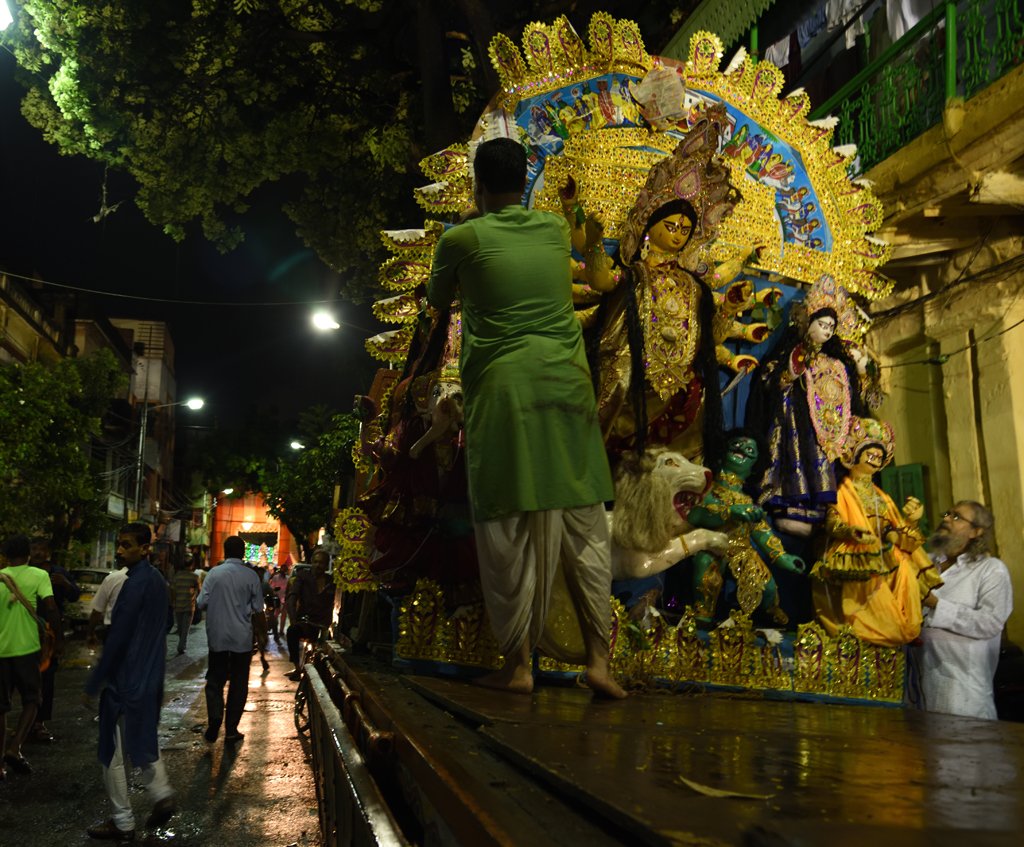
I am Tanmoy Chatterjee a National Award Winning (Government of India), travel and documentary photographer based in Kolkata, India. With an experience of more than 20 years in this field, I have travelled across India, documenting various festivals, cultures and historical places.

